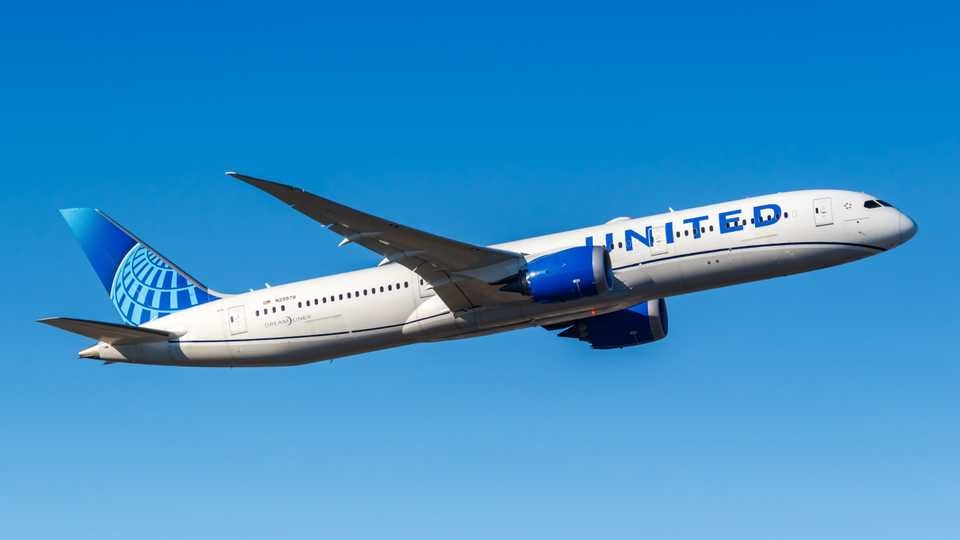—
Former United Pilot Loses Lawsuit Over $1M Damage from 767 Hard Landing
CHICAGO, IL – May 7, 2025 — A federal court has ruled against a former United Airlines pilot who sued the airline for wrongful termination and defamation after a hard landing in 2021 that caused nearly $1 million in damage to a Boeing 767. The pilot, Captain Thomas “Tom” Rainsford, had claimed he was made a scapegoat for what he called a “routine mechanical failure,” but the court found overwhelming evidence of pilot error.
Rainsford, 62, who had flown for United for over 35 years, was the captain on United Flight 287 from Frankfurt to Chicago O’Hare on July 18, 2021. The flight had been uneventful until the landing, which witnesses described as “jarring” and “violent.” According to a National Transportation Safety Board (NTSB) report, the aircraft touched down with excessive vertical speed and at an improper angle, causing significant stress fractures to the landing gear and damage to the undercarriage.
A $1M Mistake
Maintenance logs revealed the aircraft required extensive repairs, including replacement of both main landing gears and structural components beneath the fuselage. Total repair costs, according to United’s legal filings, exceeded $975,000. The aircraft, a 23-year-old Boeing 767-300ER, remained grounded for nearly three weeks, causing delays and rescheduling for over 15 other long-haul flights.
United terminated Rainsford’s employment shortly after an internal investigation concluded the hard landing was due to “gross negligence, poor judgment, and a failure to adhere to standard approach procedures.” Rainsford subsequently sued the airline in 2022, claiming defamation, wrongful termination, and age discrimination.
In his suit, Rainsford alleged that United had “orchestrated a character assassination” to justify removing older pilots and bringing in younger, lower-paid replacements. He sought $10 million in damages, arguing that the airline ignored cockpit warnings about malfunctioning altitude sensors and unfairly blamed him to avoid addressing systemic maintenance lapses.
The Court Disagrees
U.S. District Judge Karen Ellison, who presided over the case in the Northern District of Illinois, ruled on Monday that there was “no credible evidence” that faulty equipment played a role in the incident.
“In reviewing the flight data recorder and cockpit voice recordings, it is abundantly clear that Captain Rainsford descended too rapidly, failed to perform a go-around despite repeated cues to do so, and ignored his first officer’s expressed concerns,” Judge Ellison wrote in her decision.
Further damning was testimony from the co-pilot, First Officer Maria Chen, who told the court she had twice urged Rainsford to “pull up” during the final approach after their instruments showed an unstable glide path.
“He told me to stay quiet and let him fly,” Chen testified. “He said, ‘This plane doesn’t fly itself, kid,’ and brushed off my input.”
Flight data analysis showed the aircraft touched down at a sink rate of nearly 1,100 feet per minute—more than double the standard threshold for a safe landing. Investigators also found that Rainsford disabled the autothrottle too early and manually adjusted the flare too late.
From Hero to Headline
Rainsford had been regarded as a highly experienced pilot with a clean record until the 2021 incident. He was once featured in a 2009 company newsletter for safely landing a 777 during a snowstorm in Denver, earning him internal commendations. Colleagues described him as “old-school,” proud, and sometimes dismissive of automated systems.
But prosecutors argued that the same pride became his downfall.
“Captain Rainsford ignored modern cockpit protocols and relied on instinct rather than procedure,” United’s attorney, Sarah McConnell, told the jury. “This was not a failure of the aircraft. It was a failure of attitude.”
Rainsford’s legal team, led by aviation attorney Mitchell Grady, argued that United acted too hastily in terminating a decorated pilot and failed to offer retraining or reassessment options. Grady also raised the issue of several similar hard landings in United’s fleet that did not result in terminations, suggesting that Rainsford had been unfairly singled out.
“The airline chose to throw a veteran under the jet rather than face scrutiny for possible mechanical issues,” Grady said during closing arguments.
Judge Ellison, however, rejected the age discrimination claim, noting that several other pilots over 60 remained employed by the airline and that United had followed union-approved procedures in its disciplinary actions.
Industry Implications
The ruling is likely to send ripples through the airline industry, where pilot accountability and the role of automation remain hot-button topics. Some experts say the case highlights the tension between traditional flying skills and modern cockpit reliance on automation.
“Airlines are increasingly expecting pilots to serve as managers of automation rather than hand-fly aircraft,” said Dr. Linda Paxton, a professor of aviation safety at Embry-Riddle Aeronautical University. “But when pilots resist or distrust those systems, it can create risks—as we saw in this case.”
The Airline Pilots Association (ALPA) issued a statement following the ruling, expressing concern over the precedent it sets.
“We respect the court’s decision but continue to advocate for fair treatment and comprehensive retraining protocols for all flight crews,” ALPA wrote. “Even the most experienced pilots can face challenging scenarios, and judgment should not be made in haste.”
Rainsford Reacts
Following the ruling, Rainsford emerged from the courthouse with a mix of defiance and resignation.
“This isn’t the end for me,” he told reporters. “They want to erase 35 years of safe flying because of one imperfect landing. I didn’t get a fair shake, but I’ll keep fighting.”
When asked if he planned to appeal, Rainsford said he and his legal team were “considering all options.”
“I don’t believe this was justice,” he said. “I believe this was politics.”
In the meantime, Rainsford has reportedly been teaching private flight lessons in Missouri and is considering writing a memoir about his experience.
“I’ve got a lot to say,” he added. “And I’m not done flying.”
—
